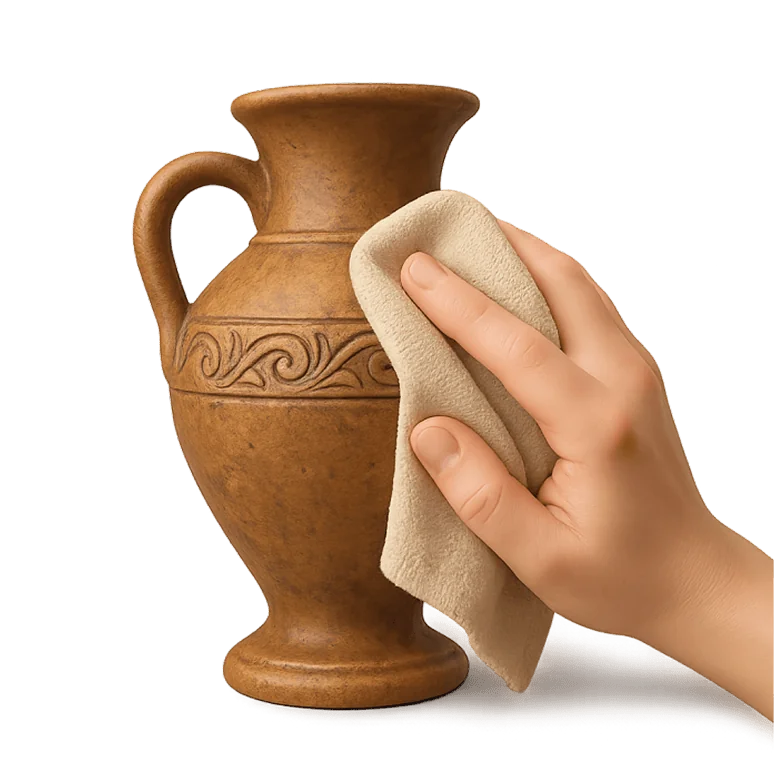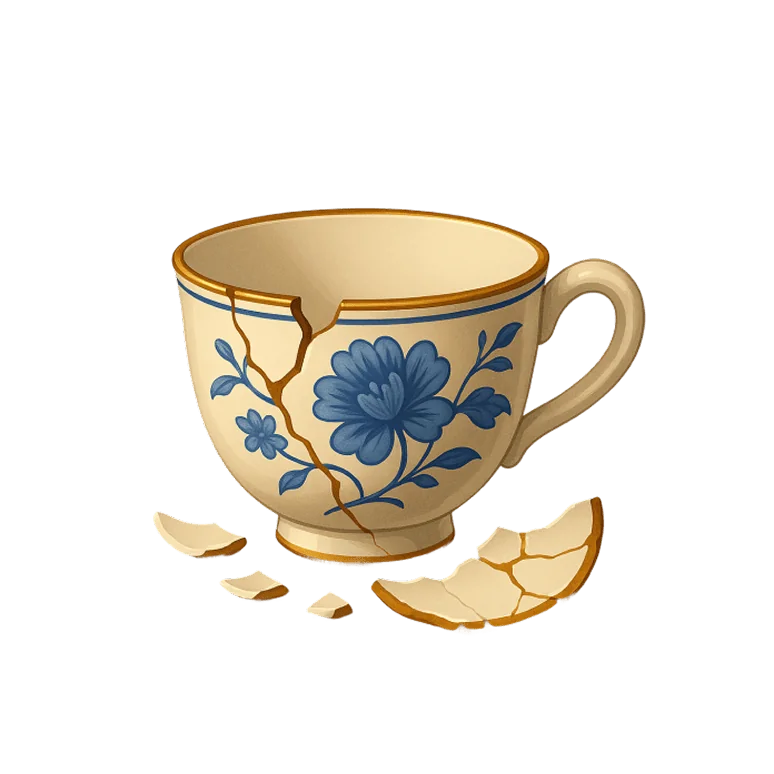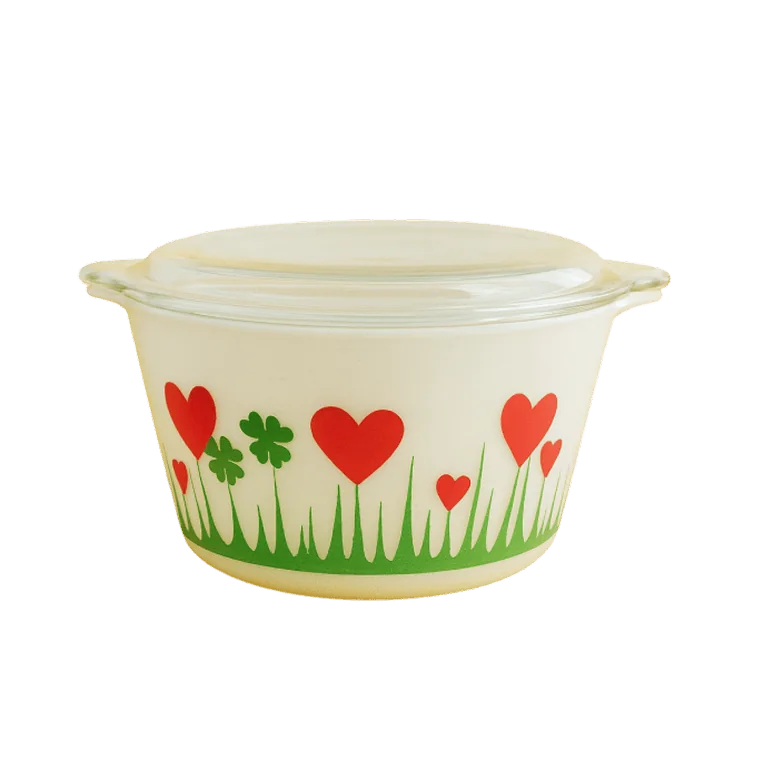Age Matters — But Isn't Everything
The term antique usually means an item is 100+ years old, but age alone doesn't guarantee high value. A common 19th-century chair may be worth less than a rare mid-century lamp.
Condition Is Key
Collectors prefer pieces in good or original condition. Things that lower value:
- Heavy scratches or cracks
- Replaced parts
- Over-cleaning or repainting
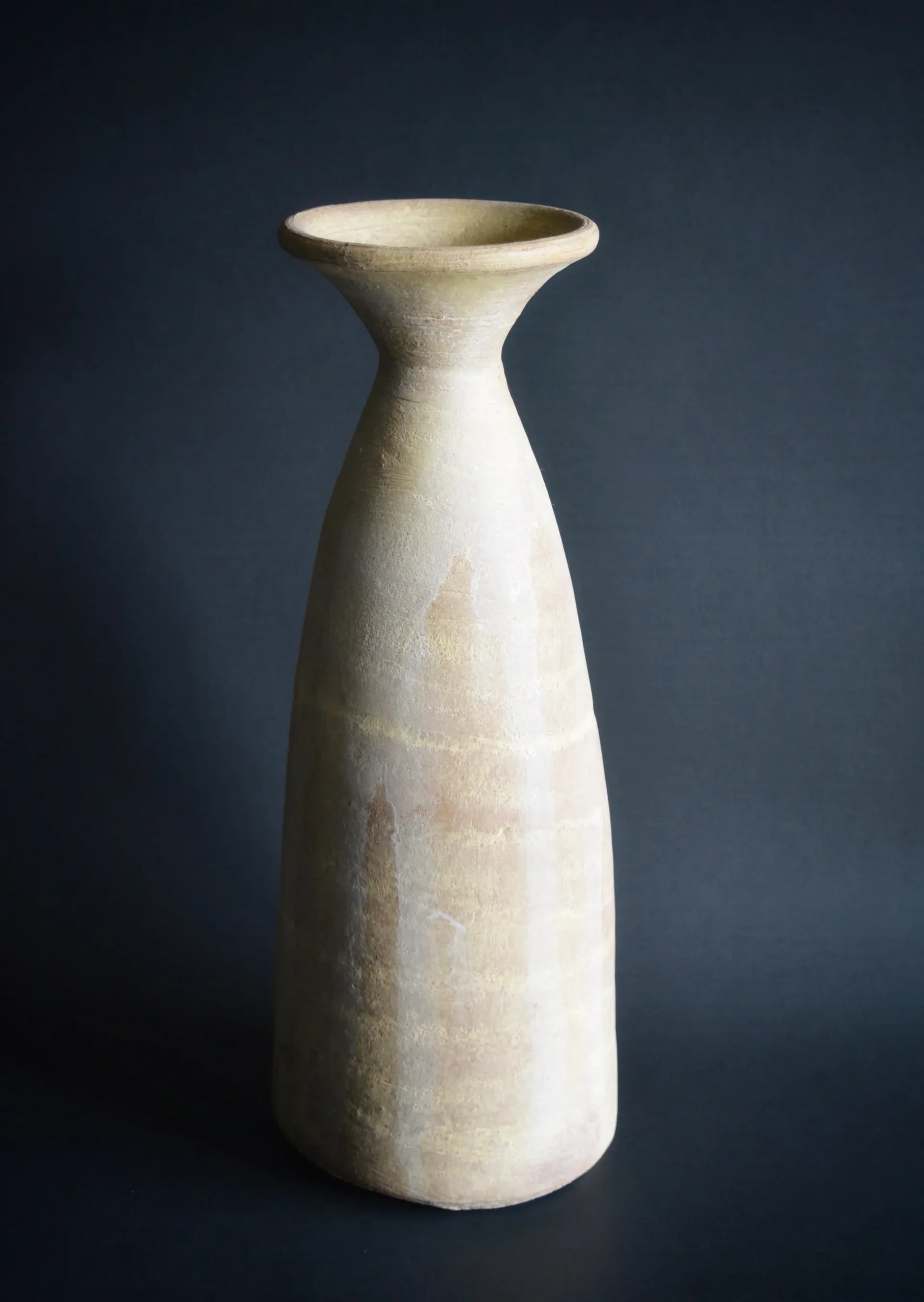
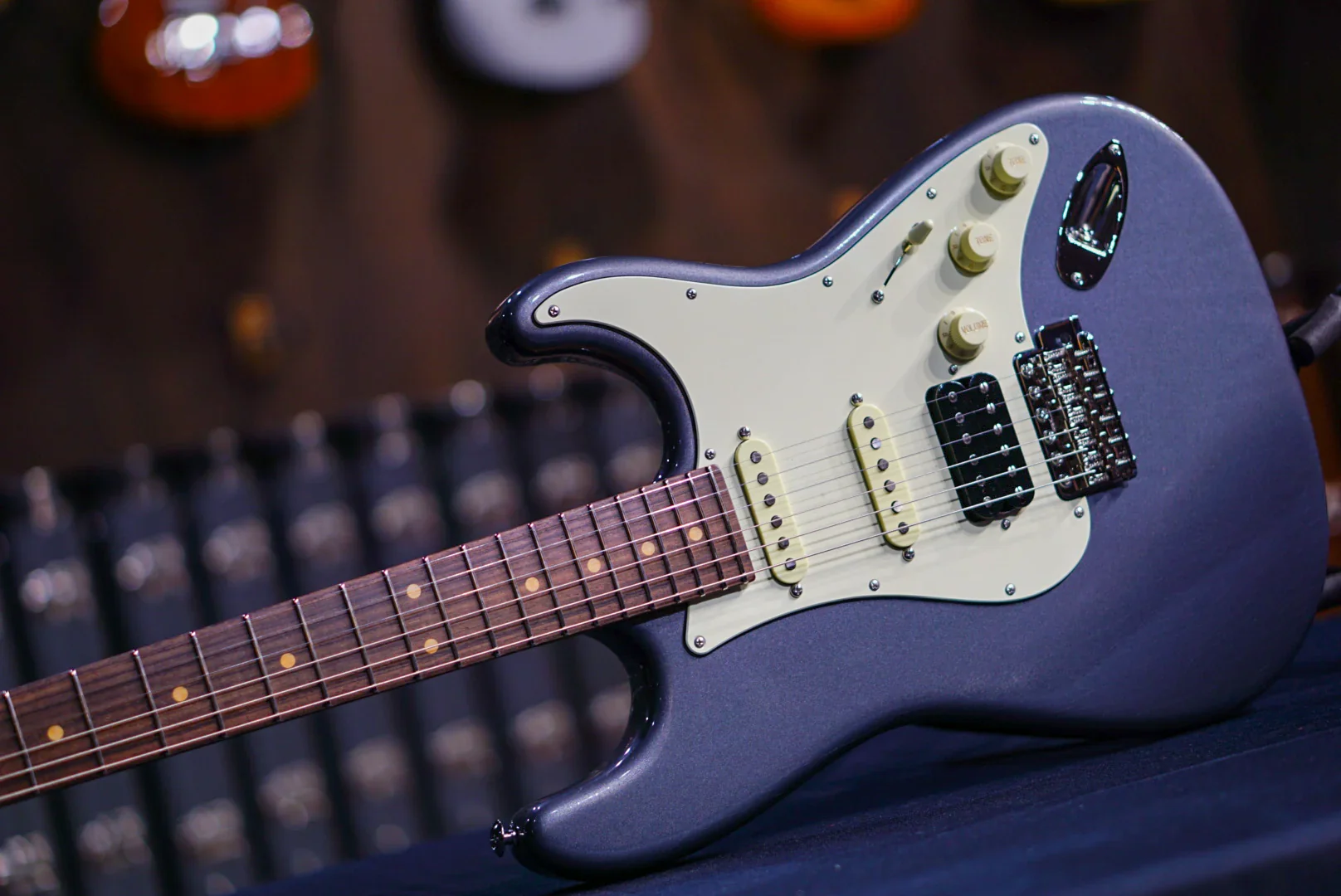

Rarity = Value
If few were made — or few survived — the item could be valuable.
Ask yourself:
- Is it a limited edition?
- Was it mass-produced or handmade?
- Is it hard to find today?
Maker or Brand
Check for signatures, stamps, labels, or engravings. Items by known makers can be worth much more. For example:
- A Tiffany lamp vs. an unmarked one
- A Rolex vs. a generic vintage watch
Use Zophi's image recognition to help identify brands and makers.

Provenance & Story
Items with a known history or interesting backstory often fetch higher prices. If your piece belonged to someone famous — or has ties to a historical event — that boosts its appeal.
Market Trends
Just like fashion, antique value is influenced by what's trending. For example:
- Mid-century modern is hot
- Art Deco pieces are rising in value
- Certain types of toys or advertising memorabilia are always in demand
Final Tip: Get a Second Opinion
Apps like Zophi are a great first step, but you can also consult:
- Local antique shops
- Auction houses
- Online forums and collectors

